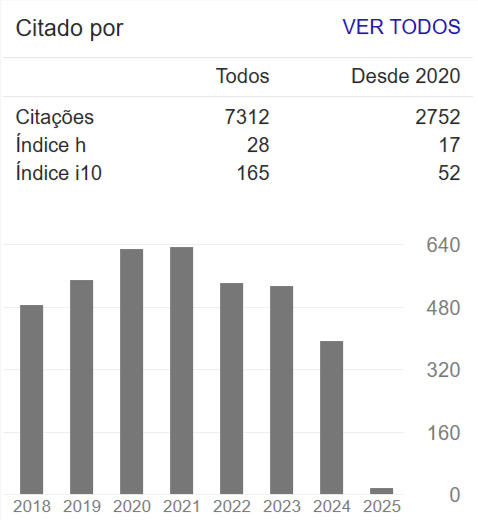Vulnerability of Aquifers in the Municipality of Salvador, Bahia, Brazil, using the GOD Method
Abstract
This work investigated the vulnerability of aquifers in the municipality of Salvador (Bahia, Brazil), a fissural aquifer system on the crystalline complex domains, as well as granular, on sedimentary rocks. This aquifer system is generally free and shallow, with a piezometric surface around 6m, and unsaturated zone dominated by clay-sandy-silty and eventually fine sandy materials. The GOD methodology was used to calculate the intrinsic vulnerability of the aquifer establishing numerical values for the site hydrogeological parameters: G (aquifer type), O (soil type), D (depth to aquifer), obtained from the field sheet for the tubular wells drilled until 2006, from CERB and CPRM / SIAGAS databases, and some research wells. The GOD methodology revealed that the natural vulnerability of the city of Salvador aquifers is low to insignificant in the more clayey and higher areas; and high to extreme in the sandy areas that occur in the valleys and lowlands. The map of the vulnerability classes revealed the areas with potential for non-potable groundwater, due to the risk of contamination by anthropogenic activities installed upon them.

















